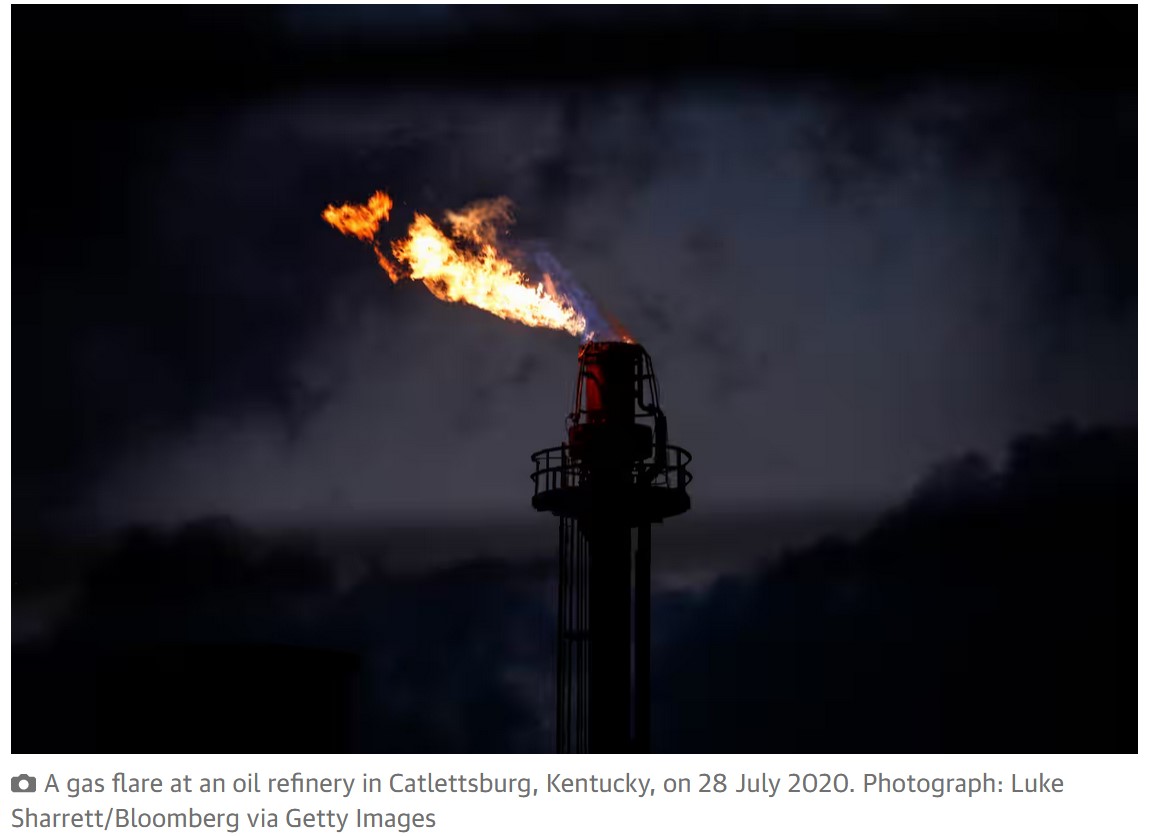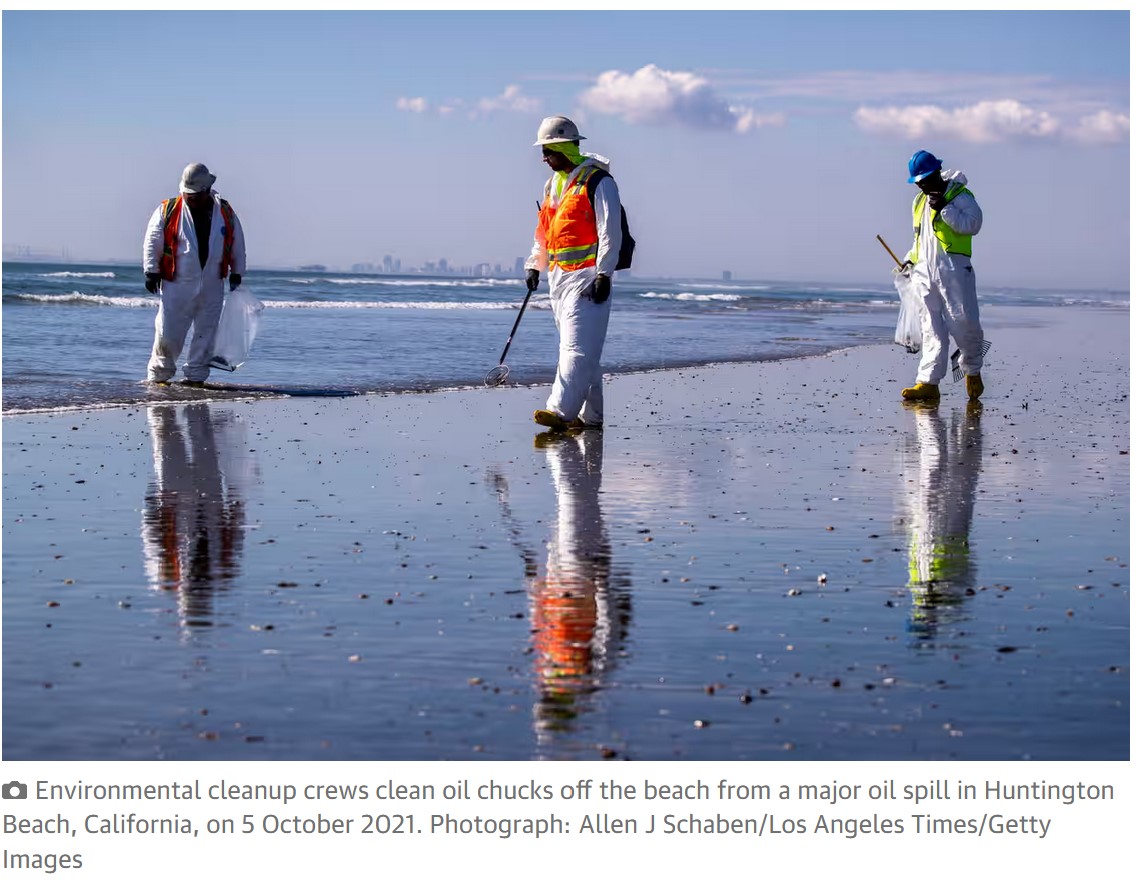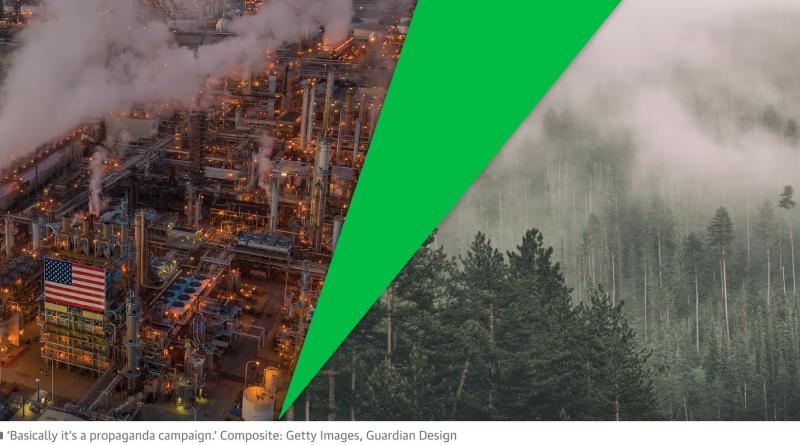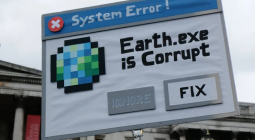Increasingly sophisticated and better-funded disinformation is making climate coverage trickier both for journalists to produce and for the public to fully understand and trust.
But telling the story, and understanding it, has never been more urgent with half of Earth’s population eligible to vote in elections that could decisively impact the world’s ability to act in time to stave off the worst of the climate crisis.
Swayed for 30 years by fossil fuel industry propaganda, the media has been as likely to unknowingly amplify falsehoods as they were to bat them down. It’s only in recent years that more journalists started to shy away from “both-sides-ing” the climate crisis – decades after scientists reached an overwhelming consensus on the scope of the problem and its causes.
The good news is that while the fossil fuel industry’s PR tactics have shifted, the stories they’re telling don’t change much from year to year, they are just adapted depending on what’s happening in the world.
When politicians talk about how much it will cost to act on climate change, for example, they almost always refer to economic models commissioned by the fossil fuel industry, which leave out the cost of inaction, which rises with every passing year. When politicians say that climate policies will increase the cost of gas or energy, they count on reporters having no idea how gas or energy pricing works, or how much fossil fuel companies’ production decisions, not to mention lobbying for particular fossil fuel subsidies or against policies that support renewable energy, impact those prices.
1
Energy security
From fueling wars to preserving national security, the fossil fuel industry loves to trumpet its role in keeping the world safe, even when it is engaging in geopolitical brinksmanship that makes everyone decidedly less so. In the context of national security, it’s worth noting that the US military started funding net-zero programs back in 2012 and listing climate change as a threat multiplier in its Quadrennial Defense Review a decade ago. But oil companies and their trade groups ignore that reality and instead insist the threat is in reducing fossil fuel dependence.

We’ve seen this recently in the industry’s messaging around the Russia-Ukraine war, when it mobilized even before Putin to push the idea that a global liquified natural gas (LNG) boom was a fix to short-term energy shortages in Europe. The industry has been noticeably quiet on the Israel-Palestine war, but is pushing general “we keep you safe” messaging that emphasizes global instability. In the US, energy security narratives often have nationalistic undertones, with messages pushing the global environmental and security benefits of US fossil fuel over that from countries like Qatar or Russia.
It is true that energy self-sufficiency contributes to any nation’s stability, but there’s no rule that says energy has to come from hydrocarbons. In fact, it’s well-documented that depending on an energy source vulnerable to the whims of world commodity markets and global conflicts is a recipe for volatility.
2
The economy v the environment
In 1944, when it looked like the second world war would end soon, PR guru Earl Newsom pulled together his corporate clients–including Standard Oil of New Jersey (ExxonMobil today), Ford, GM and Procter & Gamble – and crafted a top secret post-war strategy to keep the US public convinced of the “worth of the free enterprise system”.
From school curricula to Hollywood-crafted animated shorts to industry presentations to media interviews, the fossil fuel industry has hammered these themes repeatedly for decades. And, in a classic move, industry spokespeople point to studies that industry groups, like the American Petroleum Institute, commission as proof that taking care of the environment is bad for the economy.

In 2021, a peer-reviewed paper entitled “Weaponizing Economics” tracked the activity of a group of economic consultants who were hired by the petroleum industry for decades. “They produced analyses that were then used by both companies and politicians … to tell the public that it would just be way too expensive to act on climate, and that in any case, climate change was not going to be a big deal, so the best thing to do would be to do nothing,” the paper’s co-author Ben Franta, head of the Climate Litigation Lab at Oxford University, said.
These tactics also show up in ads that remind us to balance a desire for reduced emissions with the need to keep the economy going. One BP ad recently running on NPR, New York Times and Washington Post podcasts states that oil and gas equals jobs and argues for adding renewables, rather than replacing fossil fuels.
3
‘We make your life work’
The fossil fuel industry loves to argue that it makes the world work – from keeping the lights on to keeping us riveted by smart phones and TV, and clothed in fast fashion. It’s genius: create a product, create demand for the product, and then shift the blame to consumers not just for buying it but also for its associated impacts.

“Basically it’s a propaganda campaign,” said Brown University environmental sociologist Robert Brulle. “And you don’t have to use the words ‘climate change’. What they’re doing is they’re seeding in the collective unconscious the idea that fossil fuels equals progress and the good life.”
Advertisements like Energy Transfer Partners’ “Our Lives Are Petroleum” campaign, which has been running since 2021, also serve the purpose of shaming people into keeping quiet on climate unless they have successfully rid their own lives of hydrocarbons. The logic goes: if you use a phone or drive a car, or really, if you live in the modern world at all, you’re the problem. Not the companies that have worked for decades to make their products seem indispensable and block any alternatives to them.
4
‘We’re part of the solution’
Nothing keeps away regulation like promises of voluntary solutions that make it seem like the fossil fuel industry is really trying. In a 2020 exposé, Greenpeace’s investigative newsroom, Unearthed, caught an Exxon lobbyist on camera explaining this tactic had worked with a carbon tax to head off emissions regulations and how the company was pursuing the same strategy with plastic. Working with the American Chemistry Council to roll out voluntary measures like “advanced recycling”, the lobbyist, Keith McCoy, said the goal was to “get ahead of government intervention”.
As with climate change, McCoy explained, if the industry can make it seem as though it was working on solutions, it could keep outright bans on single-use plastics at bay. Today, this narrative shows up in the industry’s push for carbon capture, biofuels, and methane-based hydrogen solutions like blue, purple, and turquoise hydrogen. We also see it in the industry’s embrace of the term “low carbon” to describe not only fossil fuel–enabling solutions like carbon capture, but also “natural gas”, which industry lobbyists are successfully selling to politicians as a climate solution.
5
‘The world’s greatest neighbor’
Just in case people still aren’t accepting of dirty air, dirty water and climate change, the fossil fuel industry funds museums, sports, aquariums, and schools, serving the dual purpose of cleaning up its image and making communities feel dependent on the industry and thus less likely to criticize it.
Both journalists and their audiences have more power to combat climate disinformation than it might feel when they’re awash in it. Understanding the industry’s classic narratives is a good starting point.
Debunking false claims is a critical next step.
-
Amy Westervelt is an award-winning investigative climate journalist, founder of Critical Frequency, and executive editor of Drilled Media
-
Kyle Pope is executive director of strategic initiatives and co-founder of Covering Climate Now, and a former editor and publisher of the Columbia Journalism Review





